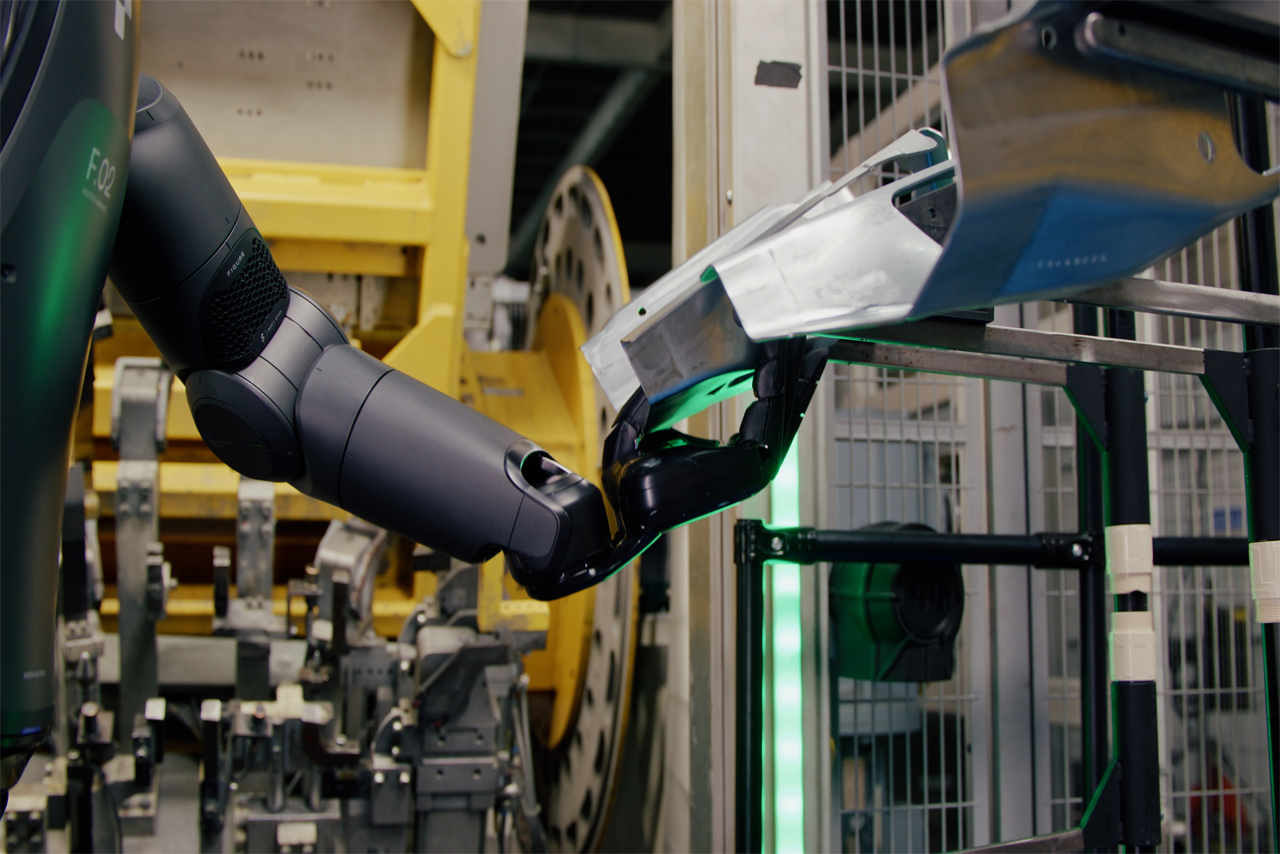Introduction
The future where robots actively integrate into human activities is rapidly approaching. In a groundbreaking move, humanoid robots are set to participate in the Beijing E-Town Half Marathon. This innovative test aims to explore the capabilities of humanoid robots in real-world scenarios, offering a glimpse into the possible roles robots could play in various aspects of human life.
The Rise of Humanoid Robots
Humanoid robots are no longer confined to the pages of science fiction novels. With advances in robotics and artificial intelligence, robots designed to mimic human behavior and function are taking center stage in various industries.
A New Era of Robotics
The development of humanoid robots has been propelled by:
- Rapid advancements in machine learning and AI technologies.
- Improvements in sensor and motor capabilities, enabling more natural human-like movements.
- Enhanced design and materials, allowing for more realistic and durable robot constructions.
These improvements have not only broadened the scope of what robots can do but have also accelerated their deployment in sectors like healthcare, manufacturing, and retail.
Why the Beijing Half Marathon?
The Beijing Half Marathon serves as an ideal testing ground for humanoid robots due to its dynamic and challenging conditions. Running alongside humans in this event presents opportunities to assess:
- How well robots navigate and adapt to real-world environments.
- The endurance and efficiency of robotics technology over extended periods.
- Interaction dynamics between robots and human participants.
This initiative can set the foundation for future deployments of robots in public spaces, highlighting their potential to assist in everyday tasks.
Challenges and Opportunities
Introducing humanoid robots into a marathon context presents both challenges and opportunities. The complexities of a half marathon, such as varied terrain and unpredictable human behavior, will require robots to demonstrate profound adaptability and resilience.
Technical Challenges
The technical hurdles that need to be overcome include:
- Battery life: Ensuring robots can complete the marathon without power depletion.
- Pathfinding and navigation: Developing algorithms that allow robots to efficiently navigate among large crowds.
- Sensory processing: Enabling robots to process and react to their environment in real-time.
Opportunities for Collaboration and Growth
This endeavor can foster collaboration between robotics developers, marathon organizers, and participants, promoting a synergy that drives innovation. Such events might pave the way for:
- The creation of new robotic applications in public health and safety.
- Opportunities for joint ventures between tech companies and sports organizations.
- The emergence of a positive dialogue on human-robot coexistence.
Implications for the Future
The successful integration of humanoid robots in the Beijing Half Marathon could have far-reaching implications. As robots become more proficient in engaging with humans, their presence in daily life could become as common as the smart gadgets that once seemed futuristic.
Transforming Industries and Daily Life
Industries such as healthcare, urban planning, and emergency services could benefit immensely from robotics. Humanoid robots may assist in:
- Providing personalized care to the elderly and disabled.
- Performing routine inspections and maintenance in public infrastructure.
- Assisting in disaster response scenarios to ensure public safety.
Ethical and Social Considerations
The deployment of humanoid robots also invites ethical questions:
- Will robots replace or complement human jobs?
- How can privacy and security be maintained in environments with active robotic presence?
- What regulations are needed to ensure responsible and ethical use?
Conclusion
The participation of humanoid robots in the Beijing Half Marathon is a pivotal step in testing their capabilities in real-world settings. This initiative not only showcases technological advancements but also challenges society to rethink the interplay between humans and machines. As the lines between human and robotic activities continue to blur, events like this marathon serve as critical milestones on the road to a future where robots may become integral companions in our daily lives.
With continued research, development, and dialogue, the potential for harmonious human-robot interaction is immense. As humanoid robots gear up for their real-world debut, the world watches eagerly to witness what promises to be a momentous occasion in the annals of technological innovation.






